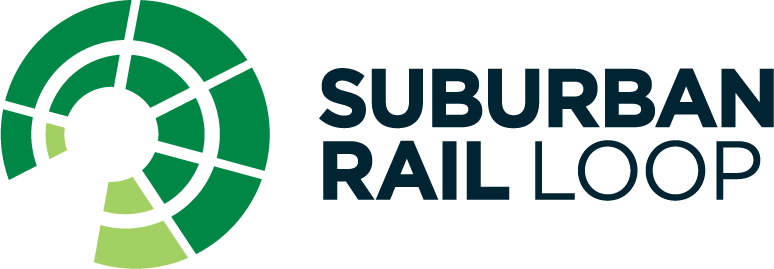Once mostly farming areas, Clayton and surrounding suburbs have undergone dramatic transformations in recent decades - becoming Victoria’s largest centre for employment and innovation outside the CBD and home to a thriving student and multicultural community.
On the lands of the Wurundjeri and the Bunurong people of the Kulin Nation, these bustling areas have experienced rapid urbanisation since the 1960s as Melbourne’s population has grown.
Monash University was established in Clayton in 1958 - named after engineer, military leader and public administrator Sir John Monash – and now has more than 50,000 students enrolled annually. Clayton is named after Melbourne solicitor John Clayton, who lived on a property called Clayton Vale between 1865 and 1877 on the south eastern corner of Clayton and Centre roads.
Clayton has long been a heartland for manufacturing and engineering - with Volkswagen, Bosch and Repco building factories after World War II - and this tradition continues with a new focus on healthcare and cutting-edge research and development. In 2024 Moderna will open a new manufacturing facility in the Monash Technology Precinct – which is also home to CSIRO, Australian Synchrotron, the Monash Medical Centre and the state-of-the-art Victorian Heart Hospital.
Change has always been a feature of these communities – and SRL will be part of its exciting next chapter. Let’s look back at the moments that made these suburbs what they are today.
Three history-making moments
Education
Clayton is the original campus of Monash University and was established on 100 hectares of open field. It opened to 363 students in 1961, and now attracts more than 50,000 students every year. The university was the centre of student radicalism in Australia and by the mid 1960s to early 1970s the campus hosted major student demonstrations, including protests against the Vietnam War. The Robert Menzies building was built in three stages beginning in 1962, and at 12 storeys, it was once believed to be the largest university building in Australia. The iconic building has been refurbished and is still in use today.
Clayton is also home to one of Victoria’s oldest public schools, Clayton North Primary School, which originally opened as Mulgrave Common School in 1865. The main school building is now heritage listed.
Businesses
Clayton’s booming population fuelled the need for more services and retail. One of the main drawcards of the area today is the Clayton Road shopping strip, boasting more than 150 stores offering services, health, beauty, retail and a wide range of restaurants offering cuisines from around the world.
Transport
The existing Metro Station opened in 1880 with the name ‘Clayton Road’ and became Clayton Station in 1890. The biggest change came in 2018, when the level crossing was removed and a new elevated station built as part of the Level Crossing Removal Project.
Part of the old station was preserved. The heritage-listed shelter is more than 120 years old and features decorative elements reflecting the Victorian era. The shelter was moved to its current site at the station forecourt as part of the redevelopment.
The future of Clayton and Monash
By the 2050s, Melbourne is going to be a city of around 9 million people – the same size London is today.
SRL will transform our public transport network – but it is also much more than a transport project. It will deliver more diverse and affordable housing, attract new businesses and start-ups to the area and create more jobs. SRL will make it easier for people to get to where they want to go and connect people to more jobs, education and healthcare.
The broader areas around the SRL stations at Clayton and Monash will be thriving communities for people to live, work, study and play - places with more open space, walking and bike paths and playgrounds.
The new underground Suburban Rail Loop (SRL) station at Monash will be located on the doorstep of Monash University, just north of the campus – providing a direct rail service to Monash for the first time.
The SRL station at Clayton will be a transport super hub - adjacent to the existing Clayton station, offering Cranbourne/Pakenham passengers and regional passengers on the Gippsland line quick and easy interchanges with the SRL network and key destinations to the north and south.
A student will spend just 30 minutes on the train travelling from Ringwood Station to Monash University with SRL East, saving 26 minutes with a simple changeover at Box Hill.
A research scientist will be able to travel from Dandenong Station to the SRL station at Monash, spending around 20 minutes on the train - a saving of 22 minutes - with a simple changeover and short stroll to work in the research district.
Trains will be taking passengers on SRL East by 2035.
Historical photos courtesy of the Monash Public Library Service, Public Record Office Victoria and National Archives of Australia.
